Despite the recent success of “Inside Out 2,” the highest-grossing animated film in history, the rise of artificial intelligence and a wave of layoffs are still casting a shadow over the industry.

“Inside Out 2” is the highest-grossing animated film in history. With over $1.63 billion in box office receipts, it is also the 10th highest-grossing film in cinema history.
The success of “Inside Out 2” was huge, but it did not overshadow other animated successes: “Despicable Me 4” grossed $850 million and was the third most-watched film of the year, featuring the “Minions” - one of the most iconic cinematic icons of the 21st century. Both films were hits during a family-friendly summer. Still, the future of animation is a cause for concern.
Concerns about AI
So far, the mood is euphoric. That’s the feeling that best describes the success of animated films in a summer that saw “Kung Fu Panda 4” and “The Garfield Movie” also perform well at the box office. But uncertainty looms on the horizon. Last November, Jeffrey Katzenberg — a co-founder of DreamWorks who was chairman of Disney in the 1990s — warned that artificial intelligence would eliminate 90 percent of the animation industry’s artistic jobs within three years.
“Back when I was doing animation, it took 500 artists five years to make a world- class animation. I think [the new era] won't take even 10 percent of that,” Mr. Katzenberg said.
Animation is driving new original films in an industry dominated by sequels and franchises. According to Nielsen streaming data, seven of the most-watched films of 2023 were animated: Moana reigned supreme (with a sequel coming this November), followed by Enchantment, Super Mario Bros. and Elementary. Kids and families flock to see animated films in theaters, then watch them over and over again. That’s not to mention whether blockbusters like “Avatar,” “Planet of the Apes” and the upcoming “Mufasa: The Lion King” — which were made almost entirely with computers — could also be considered animated.
The animation industry—which has grown in diversity, style, technology, and geography since the 1990s—is still in trouble. Not because of a lack of creativity or an obsession with franchises, but because technology is changing the workplace too quickly. After a series of unexpected setbacks, Pixar laid off 14 percent of its staff in May (before the successful release of “Inside Out 2”).
“I don’t know of any industry that will be affected more than any aspect of media entertainment creation,” Mr Katzenberg said at the conference in Singapore.
Change is inevitable. But some don't believe it will be as swift and drastic as the high-profile CEO suggests.
“The industry is in complete chaos: first it was the platforms, now it’s AI, and in between there are strikes,” Ann Le Cam, former vice president of animation at Disney, said in May.
“These are turbulent times, but I am optimistic and perhaps we can achieve a more democratic industry that promotes new content from voices that have so far been excluded,” Ms. Le Cam added.
During her time at Disney, the studio released hits like Frozen, Wreck-It Ralph, Zootopia and Moana. “Artificial intelligence is controversial because it is unregulated. We need laws to protect intellectual property and artists,” said Ann Le Cam, now a Harvard professor.

Post-pandemic transformation
AI isn't the only challenge facing the animation industry. The industry has seen significant shifts since 2020 due to the rise of remote work. This shift has led Skydance Animation — now run by Pixar founder John Lasseter — to open its headquarters in Madrid.
Lucía Peralta, a special effects artist, works at Skydance Animation Madrid. “I don’t believe in the apocalypse. You only have to walk into our studio to see that people are still employed,” she said of the company, which is working on a new film by Brad Bird, director of “The Incredibles.” In 2025, the company plans to merge with Paramount, the leading Hollywood studio. In November, its film Spellbound — which features the voices of Nicole Kidman and Javier Bardem — will be released on Netflix.
Spanish actress Mercedes Delgado points out that working remotely “has its positive side: you save money and many people have worked from Spain to the US without any problems”. However, she admits that it also has its downsides: “You lose contact, subordinates don’t learn and the work becomes more isolated and less communicative”.
AI also brings opportunities
But Delgado believes the bleak predictions for the animation industry are due to a lack of understanding of what an animator’s job entails. “They’re forcing us to change very specific, artistic things in the same day, two or three times. That’s impossible with AI without human help. Asking the machine to remove just one eyelash from a character’s eye, or a small tree, or the right light in the background. It always fails when it comes to detail, which is what clients look at, what they ask for every day.”
Bill Plympton, a two-time Oscar nominee and pioneer of independent production, has seen the industry change. “I’ve been animating at home since the 1980s, and it was unique back then. Nobody was doing independent animation because you needed a lot of money to join a studio. Now anyone can do it with a computer. You don’t even have to go to Hollywood, you can be in the Arctic,” he said optimistically during a visit to the animation studio Animayo.
Plympton has clear advice for young animators: when they graduate, they should enroll in a studio, earn money, make contacts, gain experience, and then use that savings to do what they love. He believes that the creativity will always be there. And maybe that creativity will lead to the next “Inside Out.”
Source








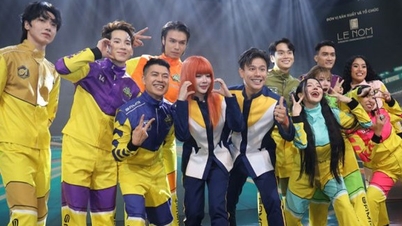



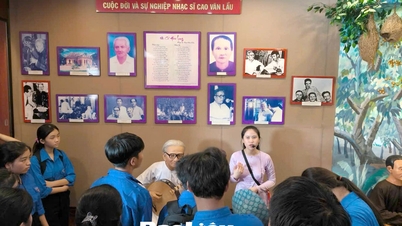






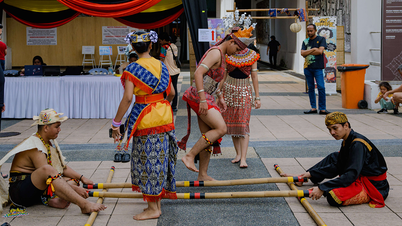




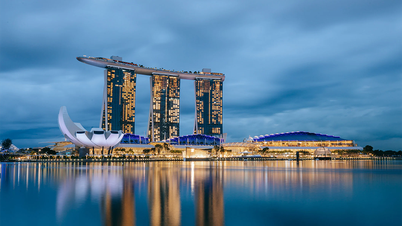









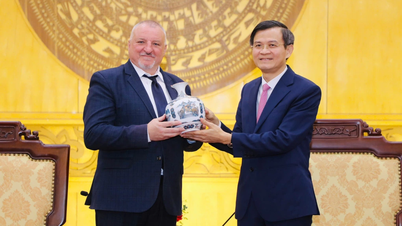



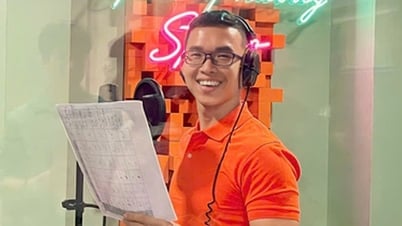


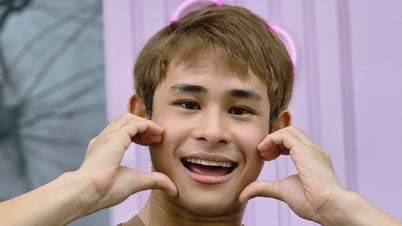







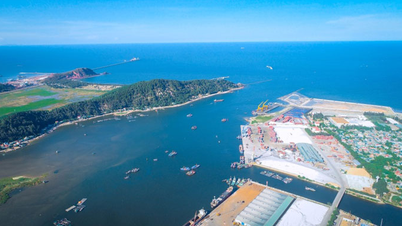
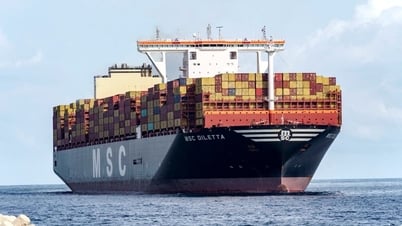
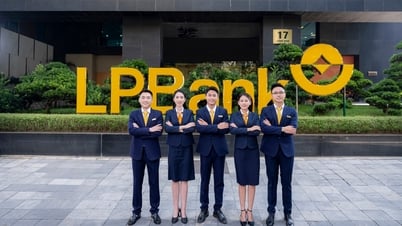

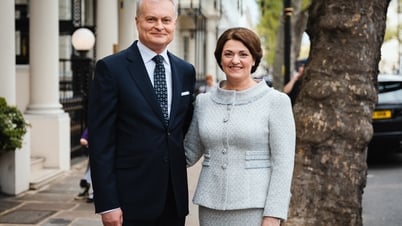



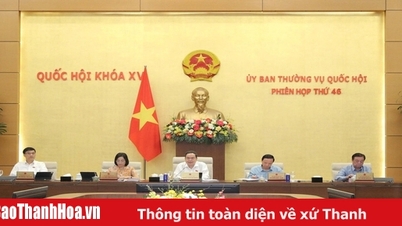



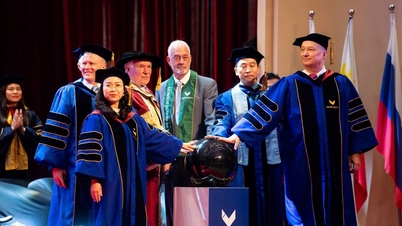
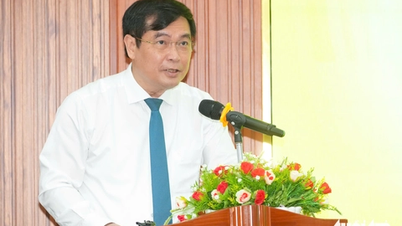


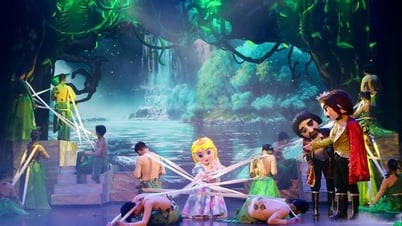


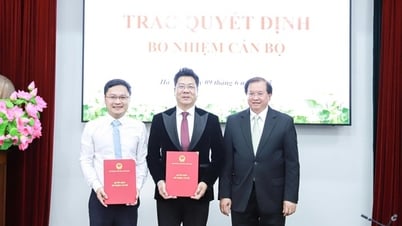
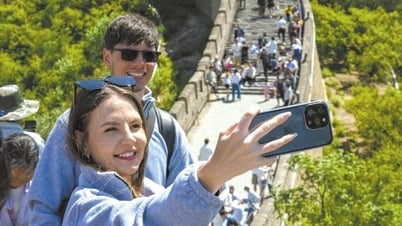




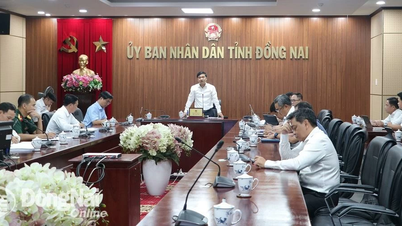






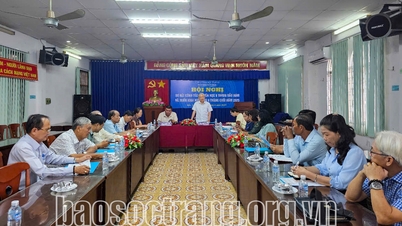





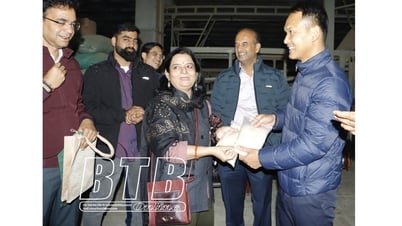




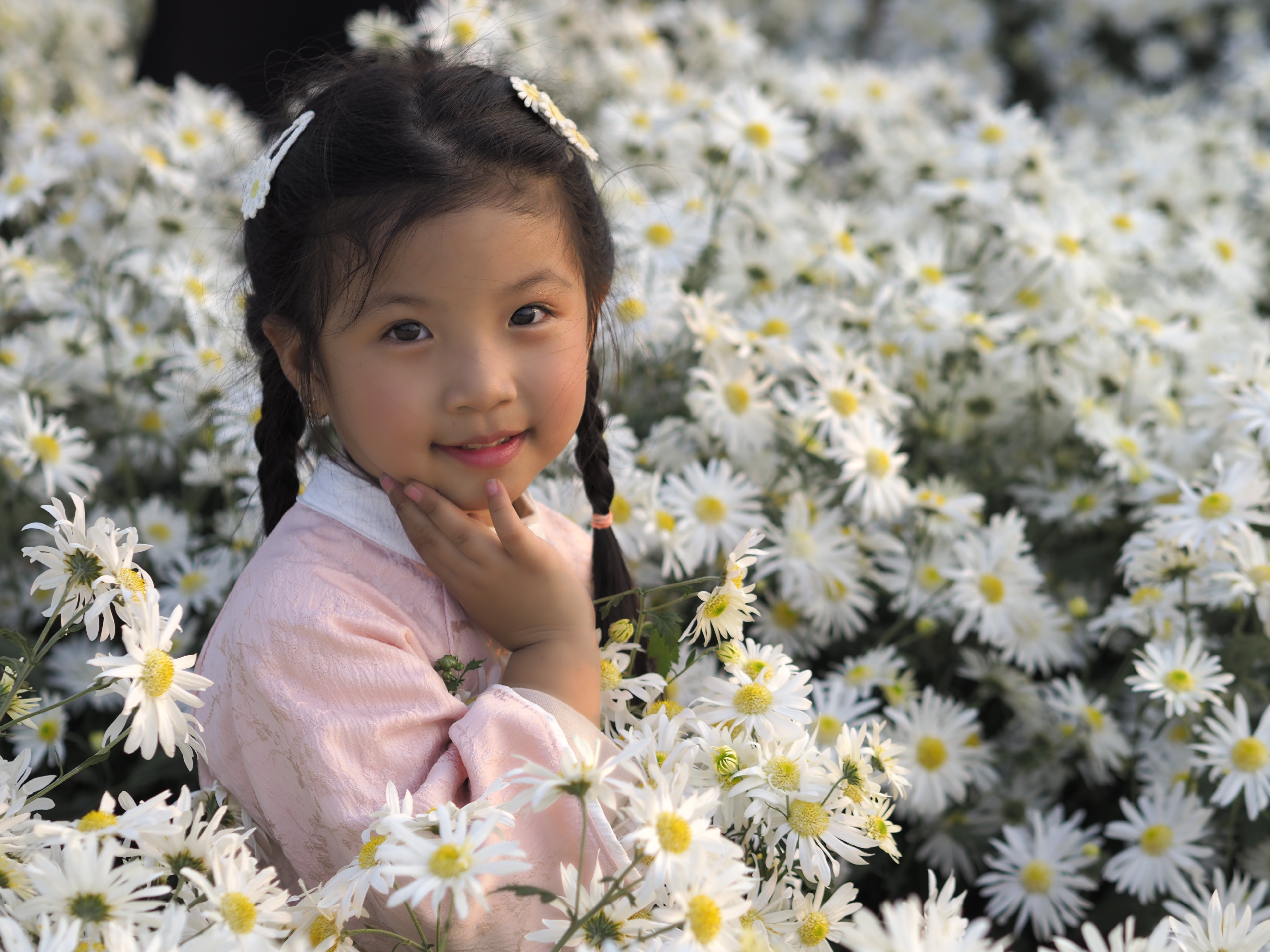
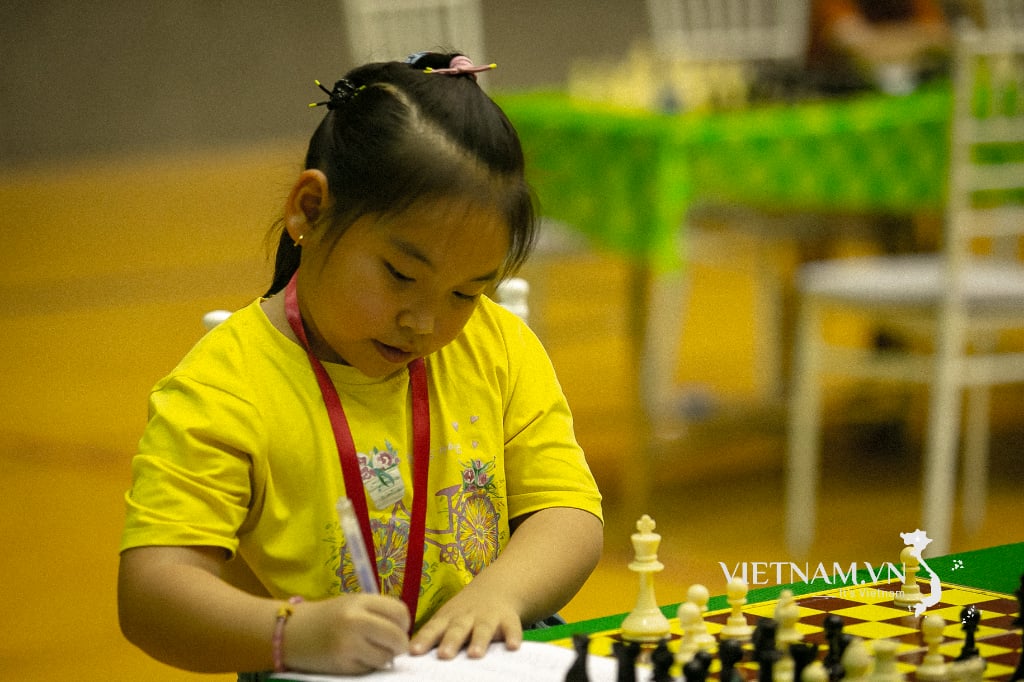


Comment (0)